
Latest Insights
Explore our blog for the latest trends, tips, tutorials and technologies that are shaping the future of software development.
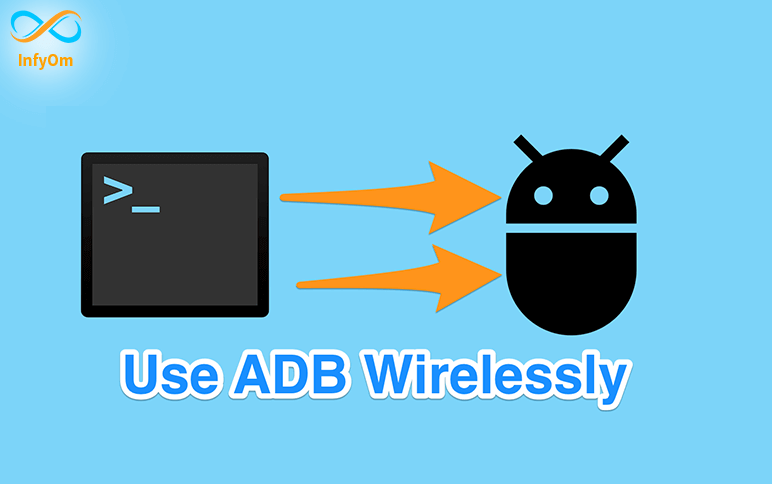
How can I run my app on my phone without USB connection with my pc
We will learn to run the app without connecting a USB cable
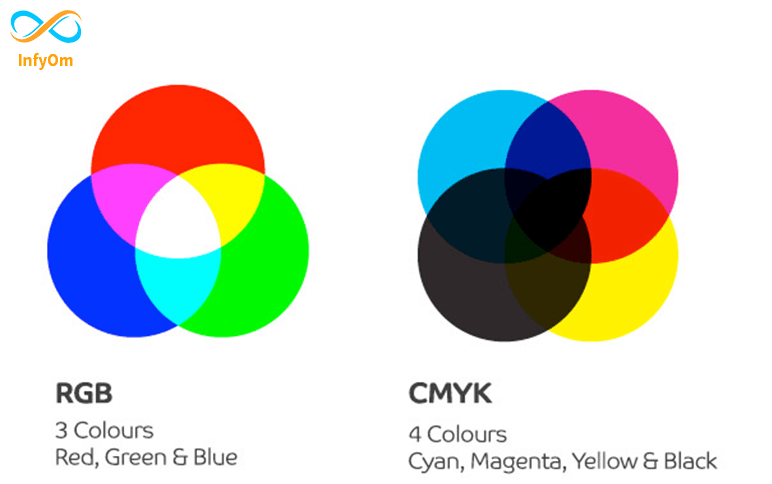
What is the difference between CMYK and RGB?
In this article, we are going to discuss what’s the difference between CMYK and RGB. Where they are being used and…
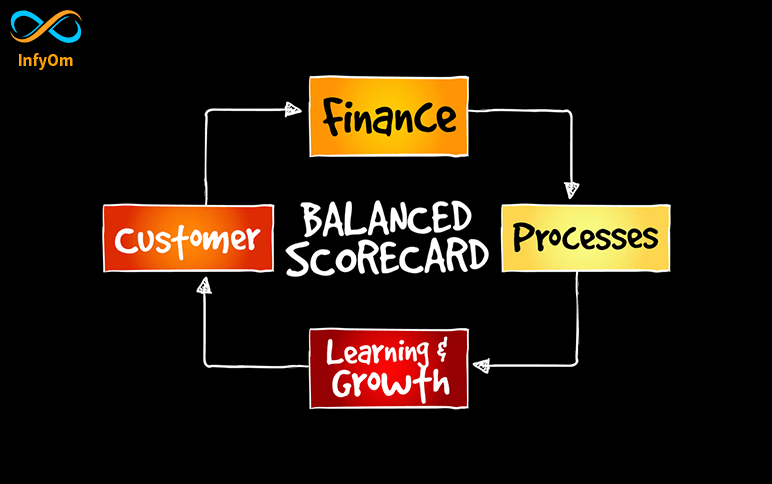
Balanced Scorecard : Strategic Management System-2
In the last Blog we have discussed the basics of BSC, let’s

Recruitment: Things HR need to focus while recruiting
In the last Blog we have discussed a few tips on recruitment,
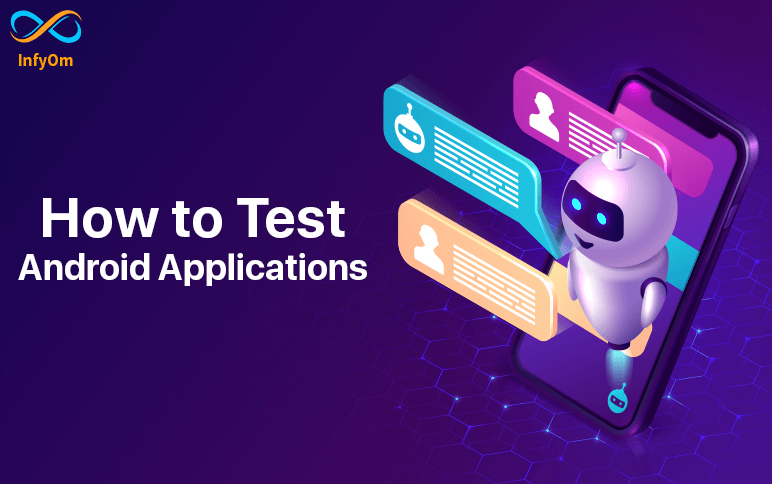
How to Test Android Applications – part 2
In the previous article, we learned 4 cases for how to test
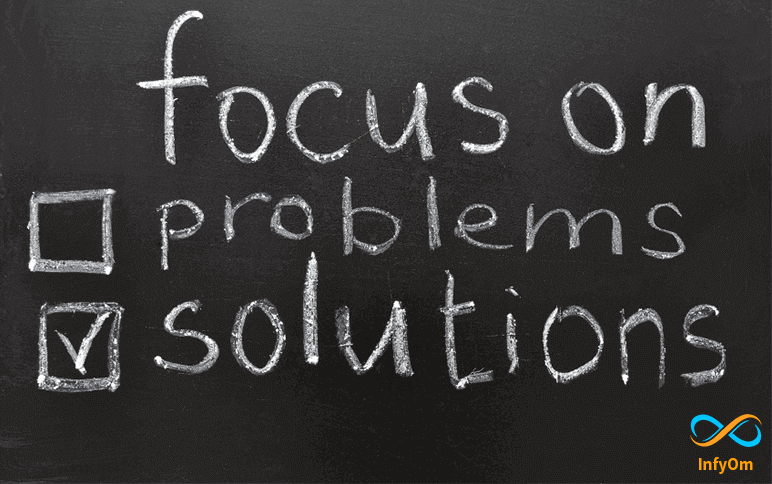
Common Logo Design Problems
We’re here to help identify some common logo design issues and provide suggestions on how to avoid or resolve…
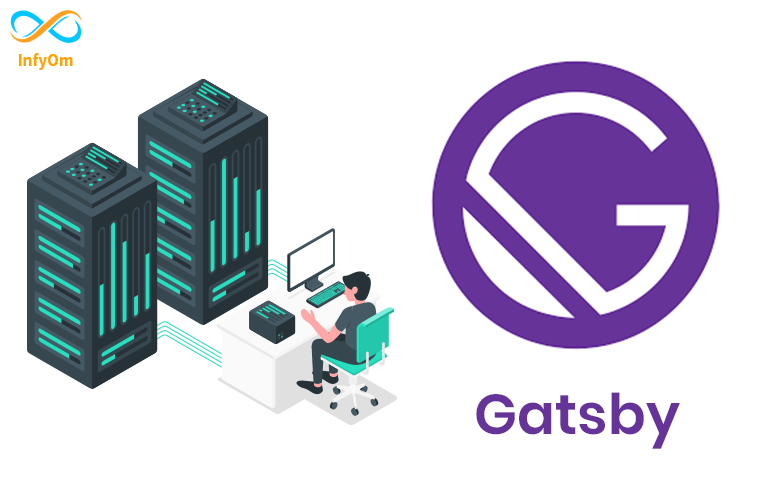
How to load dynamic blog in Gatsby Site
We have recently developed a site into the gatsby. We have a
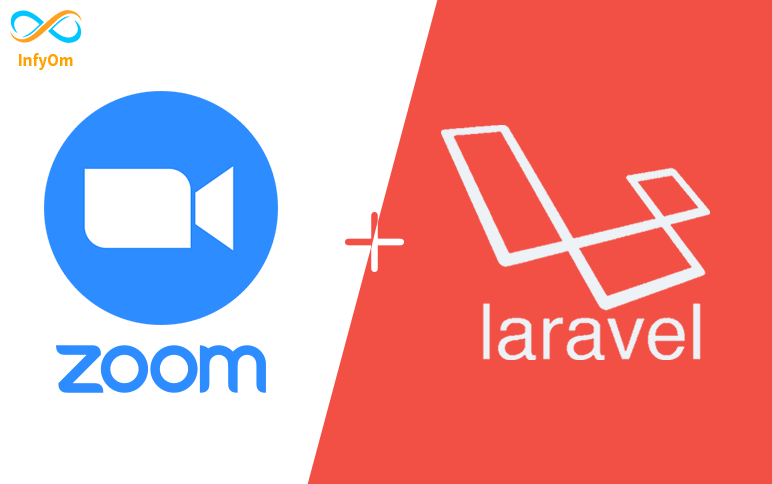
How to integrate Zoom Meeting APIs with Laravel
laravel, zoom meeting, zoom api, laravel zoom meeting

How to increase profit in our business – 1
How to increase profit in our business. There are only two ways to do this: increase prices or reduce…